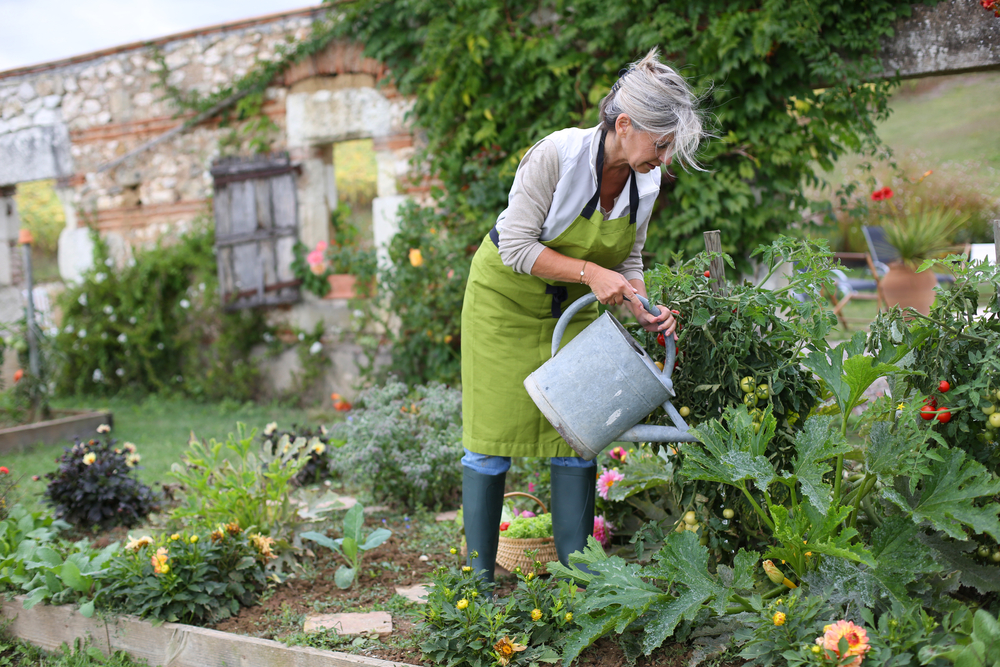
Sustainable Garden Design: Incorporating Eco-Friendly Practices for a Greener Future
In a world where environmental consciousness is more important than ever, sustainable garden design offers a way to create beautiful outdoor spaces while minimizing our ecological footprint. By embracing eco-friendly practices, we can not only enhance the natural beauty of our gardens but also contribute to a greener and more sustainable future. Let’s explore some key principles of sustainable garden design and how they can be incorporated into your own outdoor oasis.
- Native Plants: Choose native plants that are well-adapted to your region’s climate and soil conditions. Native plants require less water, fertilizer, and maintenance, as they have evolved to thrive in their natural environment. They also provide habitat and food sources for local wildlife, promoting biodiversity and creating a balanced ecosystem.
- Water Conservation: Implement water-saving techniques in your garden design. Consider installing a rainwater harvesting system to collect and store rainwater for irrigation purposes. Use drip irrigation or soaker hoses to deliver water directly to the roots of plants, minimizing water waste. Incorporate mulch around plants to retain moisture and reduce evaporation.
- Organic Gardening: Embrace organic gardening practices by avoiding the use of synthetic pesticides and fertilizers. Instead, opt for natural alternatives such as compost, organic fertilizers, and beneficial insects to maintain a healthy and thriving garden. Composting kitchen scraps and yard waste not only reduces waste but also provides nutrient-rich soil amendments.
- Wildlife Habitat: Design your garden to provide a habitat for local wildlife. Include features such as bird feeders, birdhouses, and butterfly gardens to attract and support beneficial creatures. Create sheltered areas with native plants and incorporate water features like birdbaths or small ponds to provide drinking and bathing opportunities for wildlife.
- Efficient Use of Space: Maximize the use of your garden space by incorporating vertical gardening techniques, such as trellises or living walls, to grow plants vertically and save space. Utilize raised beds or container gardening for efficient use of resources and easier maintenance. Consider companion planting to optimize space and create mutually beneficial relationships between plants.
- Recycled and Reclaimed Materials: Choose sustainable materials for hardscape elements in your garden. Opt for recycled or reclaimed materials such as reclaimed wood, recycled plastic lumber, or salvaged bricks and stones. These materials not only reduce waste but also add a unique character to your garden.
By implementing these sustainable garden design practices, you can create a thriving and eco-friendly outdoor space that contributes to a greener future. Remember, sustainable gardening is a continuous journey of learning and improvement. As you gain experience and knowledge, you can continue to refine and enhance your sustainable practices.
If you have any questions or need further guidance on incorporating sustainable practices into your garden design, feel free to reach out to me at [email protected]. Together, let’s create a garden that not only delights the senses but also cares for the planet.